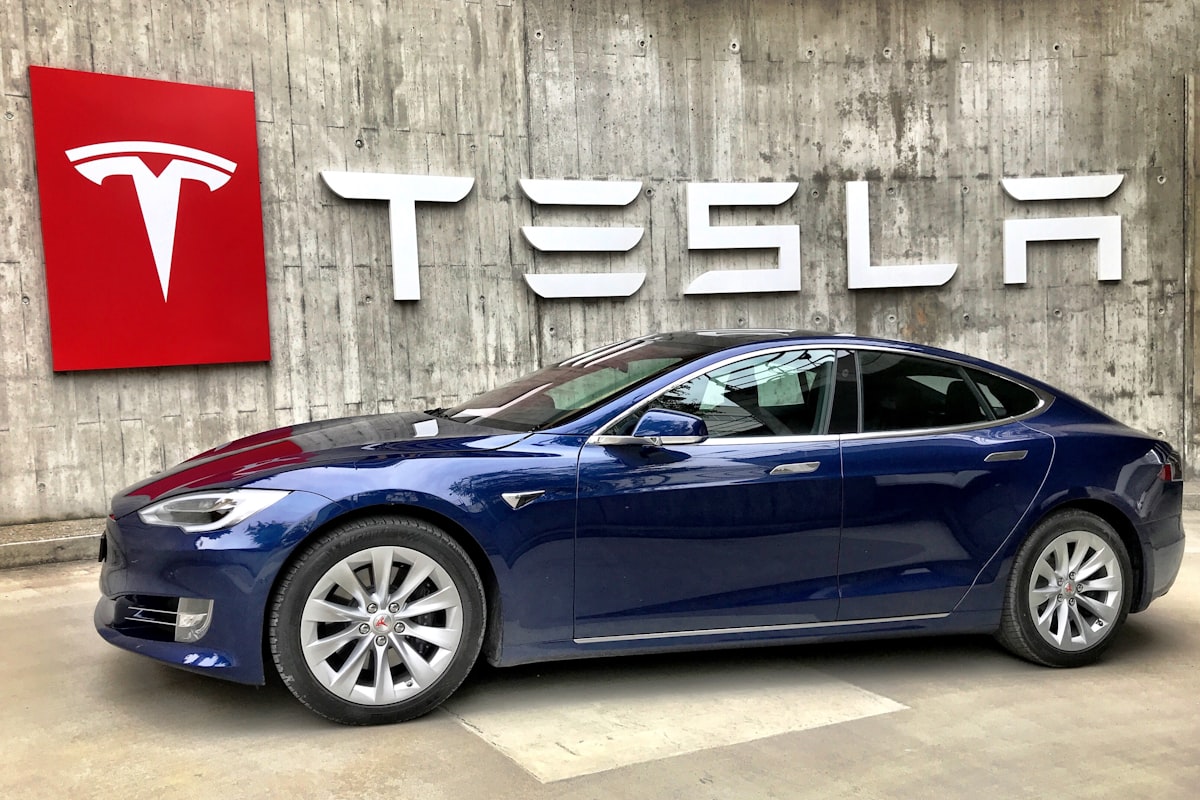Choosing Between Level 1 and Level 2 EV Chargers
Choosing Between Level 1 and Level 2 EV Chargers
Electric vehicle (EV) ownership is rapidly growing. With it, the need to understand charging options becomes more important. Level 1 and Level 2 chargers are two primary choices for EV owners. Each has its strengths and weaknesses. Understanding these can help you make an informed decision.
Level 1 EV Chargers
Level 1 chargers use a standard 120-volt outlet. This is the same power source used for household appliances. They don’t require special installation. Simply plug them into an available outlet.

The charging speed of Level 1 chargers is slow. It typically adds 3 to 5 miles of range per hour. For someone with a short daily commute, this may be sufficient. Overnight charging can replenish around 30 to 40 miles of range, which can cover the daily needs of many drivers.
The convenience of using existing outlets makes Level 1 chargers a cost-effective option. There’s no need for additional hardware or electrician services, which saves money. This is ideal for those on a tight budget or who don’t drive long distances regularly.
However, the slow charging speed can be a drawback. If you frequently travel longer distances or use your EV extensively throughout the day, waiting for a full charge can be inconvenient. Additionally, continuously using a standard outlet for charging can pose wear and tear risks over time.
Level 2 EV Chargers
Level 2 chargers require a 240-volt outlet, similar to those used for dryers or electric stoves. They need professional installation. This additional step involves higher initial costs but has significant benefits.
Charging speeds are notably faster with Level 2 chargers. They typically add 20 to 30 miles of range per hour. This speed significantly reduces the time needed to reach a full charge. Many EV owners can go from empty to full battery overnight. This suits those with longer commutes or frequent travel demands.
Level 2 chargers often feature advanced technology. This includes smart charging capabilities, which allow control and monitoring via an app. You can schedule charging during off-peak hours to save on electricity costs. Some models also integrate with home automation systems, providing added convenience.
The downside is the higher initial cost. Purchasing the charger and paying for professional installation can be expensive. This is a long-term investment, so it’s crucial to consider your specific needs and usage patterns before committing.

Factors to Consider
When deciding between Level 1 and Level 2 chargers, several factors should influence your decision:
- Driving Habits: Assess how many miles you typically drive each day. Short commutes may only require a Level 1 charger, while longer distances can benefit from Level 2.
- Budget: Consider the initial cost and long-term savings. Level 1 chargers are cheaper upfront. Level 2 chargers can save time and potentially reduce electricity bills with off-peak charging.
- Home Setup: Check if your home can support a 240-volt outlet for a Level 2 charger. You may need to upgrade your electrical system, adding to the overall cost.
- Future Proofing: Think about your future needs. If you plan to upgrade to a larger battery EV, a Level 2 charger might be a better investment.
- Convenience: Evaluate how important convenience is to you. Faster charging means less waiting, which could be crucial for your lifestyle.
Neither option is inherently superior. The right choice depends on your individual circumstances and priorities. Weighing these factors carefully will guide you to the most suitable option for your EV charging needs.
Recommended EV Accessories
NOCO GENIUS10 Smart Charger – $79.95
Advanced battery maintainer and charger.
EV Charging Station Guide
Navigate the EV charging landscape.
As an Amazon Associate, we earn from qualifying purchases.




Subscribe for Updates
Get the latest articles delivered to your inbox.
We respect your privacy. Unsubscribe anytime.